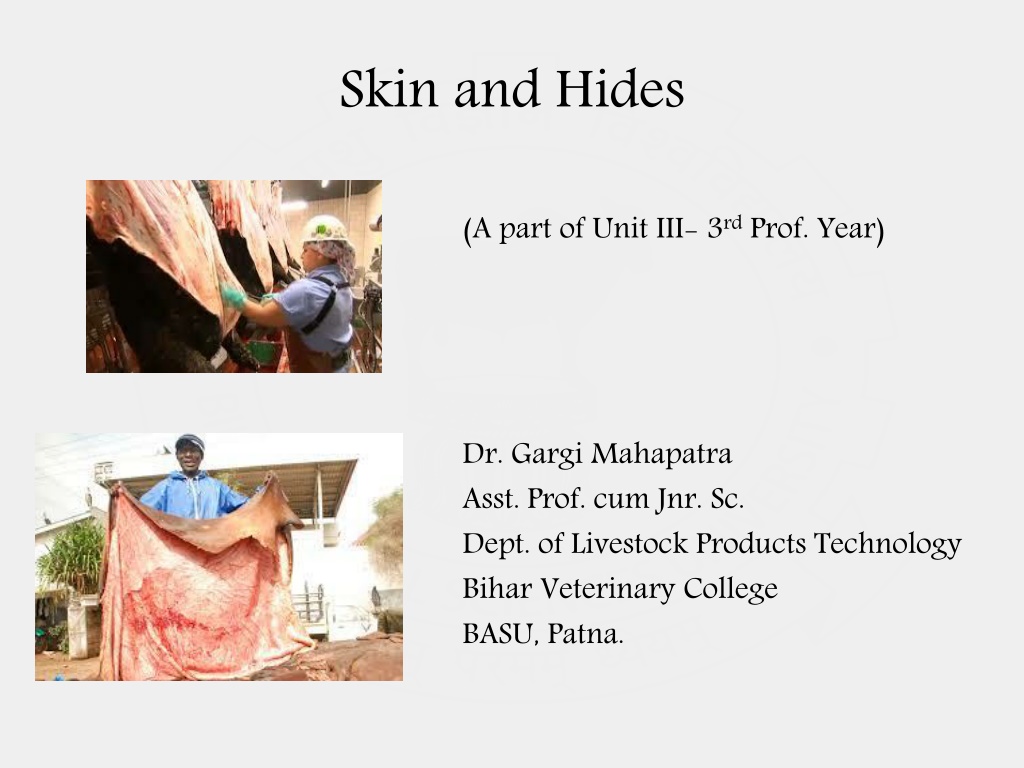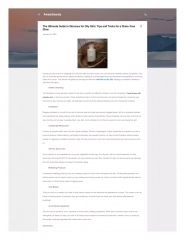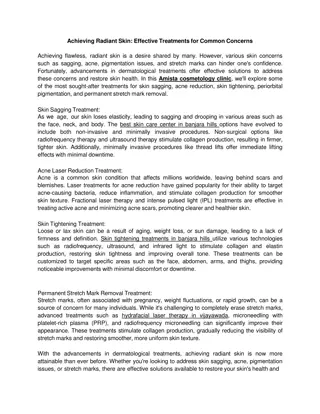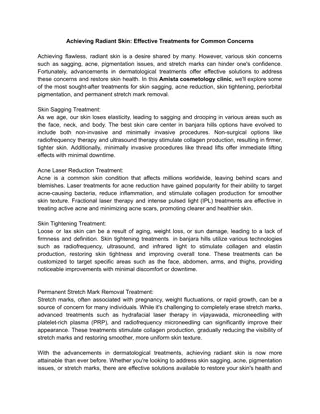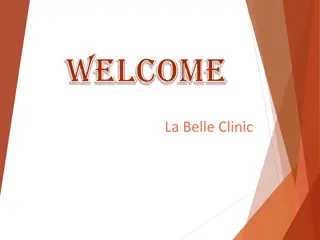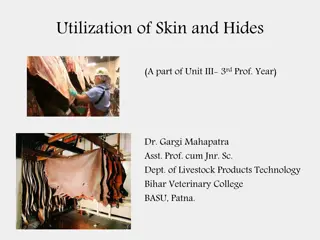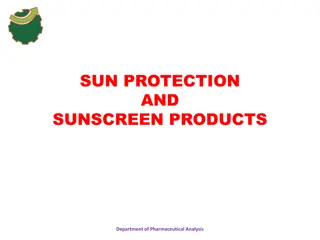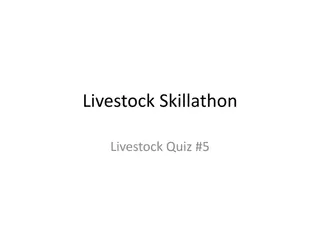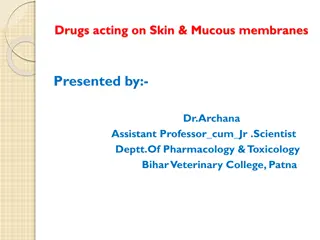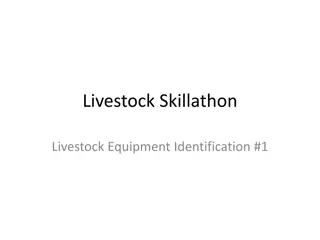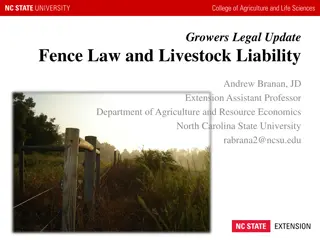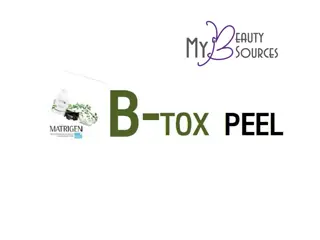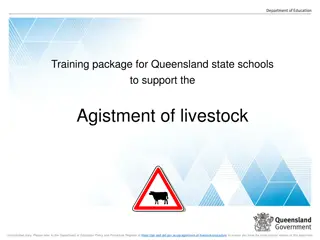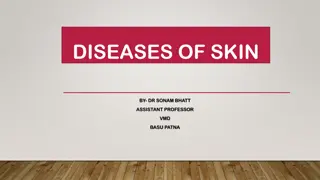Understanding the Importance of Skin and Hides in Livestock Industry
Skin and hides are crucial by-products of large and small animals, with differences in thickness and weight. They are sourced from slaughtered and fallen animals, processed through drying, tanning, and conditioning to produce leather. Leather has outstanding strength, flexibility, and weather insulation properties, making it versatile for various uses. The cross-section of hides includes the epidermis, dermis, and subcutis layers, with collagen fibers forming leather. The flaying process involves skilled workers using sharp knives to remove the skin from animals, following specific techniques for large animals.
Download Presentation

Please find below an Image/Link to download the presentation.
The content on the website is provided AS IS for your information and personal use only. It may not be sold, licensed, or shared on other websites without obtaining consent from the author. Download presentation by click this link. If you encounter any issues during the download, it is possible that the publisher has removed the file from their server.
E N D
Presentation Transcript
Skin and Hides (A part of Unit III- 3rdProf. Year) Dr. Gargi Mahapatra Asst. Prof. cum Jnr. Sc. Dept. of Livestock Products Technology Bihar Veterinary College BASU, Patna.
Hide vs. Skin (one of the most important by-products) Hide Skin of Large Animal Hide Skin Skin Skin of Small Animal or very young calf Small, Thinner and Tighter Large, Thick and Heavy Wt. < 20lbs/9.1 kg Wt. > 30 lbs/ 13.62 kg Av. Yield 11.0% of live wt. Av. yield 7.0% of live wt.
Source Hide Hide Skin Skin Slaughtered animals 20-25 % Slaughtered animals 80 % Fallen Animals 75-80% Fallen Animals 20% * Fallen animals: Death due to natural cause
Destination of Hide/ Skin Hide/Skin Drying/ Curing Conditioning Tanning Post-Tanning Operations Leather (End Product)
Leather Excellent tensile strength and flexibility High resistance to puncture and tear Insulation from weather Good molding tendency hence versatile usage.
Cross-section of Hide/Skin Epidermis- Outer pigmented zone Dermis- a.k.a Corium, (elastin fibres+ reticular fibres+ collagen fibres) Subcutis- Loose membrane network of fatty deposits. *Inner portion of corium is interwoven with bundles of collagen which makes up into leather. *Inner portion of corium is interwoven with bundles of collagen which makes up into leather.
Flaying Process of skin removal Performed by skilled workers Sharp flaying knives used. Practiced on Pritch Plates :- Steel plates 120cms long, 60cms wide and 20 cms thick. Animal secured on pritch plates by Pritch Bars: A metal rod. Sometimes practiced on skining cradles, made from round steel/timber tublings. https://www.youtube.com/watch?v=9y03R9WVnGY Process of skin removal from from dead animal dead animal
Flaying of Large Animals Hide opened from neck (ventral side) Incision continued from middle of dewlap to belly up to the middle of tail Cut created at knee joint and hock joint Fore leg incision continued to breast bone Hind leg incision continued to scrotum/udder Hide separated from carcass from breast to neck and from breast to navel
Contd Contd Incisions are moved towards the medial end of the carcass The carcass is hung by hooks on its hind legs The hide is removed from the tail Carcass is raised high, the hide is pulled back to the hump, then to the shoulders and finally to the neck, separating the thick subcutaneous tissues Hide is severed from the carcass by giving a cut behind the horns
Flaying of Fallen Animals Difficult due to harder connective tissue. Coagulated blood capillaries stain the hide Leads to inferior quality stained leather Practiced on Flaying Cradles: Two poles 150cms long and 15cms in diameter, separated by a gap of 30cms
Flaying of Small Animals Small incision in the hind leg on inner side of hock joints Smooth and narrow wooden/steel rod (45cms) inserted from the incision to loosen connective tisue between skin and body Rod removed, hand cut made around incision hole Air pumped in the cut, carcass inflates like a balloon
Contd Carcass lifted from ground and hung on hind legs Contd Circular cut made around knee and hock joint and around neck to severe the head Cuts made from the hock joint to scrotum, fingers inserted into the incision and the skin is pulled downwards, continued till worker reaches the chest Worker grips the skin with both the hands and removes it with force, knife used where it is absolutely necessary https://www.youtube.com/watch?v=lqqBU5T3Gas
Classification of Hides and Skin Acc. to weight Name ( (lbs Slunk Skin Calf Skin Kip Skin Heifer Skin Cow Hide Light Cow Hide Heavy cow Hide Extreme Light Hide Light Steer Hide Heavy Steer Hide Bull Hide Acc. to weight Other factors Name Texas/Colorado hide Other factors Name Description Hides branded on butt. Description Name Origin Origin Weight lbs) ) --- 9-15 15-25 25-30 >30 <53 >53 32-48 Weight Unborn Calf Immature Calf Calf Heifer Cow Cow Cow Steer Native hides Slaughtered Hides Unbranded Hides Flaying of slaughtered animals Fallen/ Rendered/ Murrian Hides Flaying of Fallen animals Big Packers Hide Flaying by highly skilled workers Steer Steer Bull 48-58 > 58 60-100 Small Packers Hide Flaying by less skilled workers
Goat Skin Classification FAO FAO On the basis of weight and length (Baba and Bhote, 1966) Class (kg) Big Goat Skin On the basis of weight and length (Aten, 1955) Grades First Grade Class Wt. (kg) 1.3 Wt. Length ( (cms > 96.5 Length cms) ) Region Region Grades Specification Shape/Pattern Regular and Symmetrical with minor scores/gouges Good Shape and Pattern, 1/16 of area show concentrated scores/gouges Irregular shape and Pattern; of the area damaged by knife Irregular shape and Pattern; Extensive damage on back or butt Specification Punjab, Kashmir, Odhisa , U.P. Rajasthan, Maharasht ra, Andhra Pradesh, Kerela, Karnataka Eastern Part of India Second Grade Medium Goat skin 0.91 76.2- 96.4 Third Grade Reject Grade Small Goat Skin 0.86 <76.2
Defects in Hide/Skin Ante Poor substance Factor/ Species variation 2. 2. Defects due to Disease Pox, Mange, Dermatitis etc. 3. 3. Grain Damage wire fence scratches, branding, abscess abrasion, tick damage, bacterial action Ante- -mortem Defects Poor substance- - Genetic mortem Defects Post Bad Shape/ Pattern - - Ground drying, Fallen hides etc. 2. 2. Bad Flaying 3. 3. Curing Defect improper application of salt 4. 4. Smoke damage exposure to smoke. Post - -mortem Defects 1. 1. Bad Shape/ Pattern mortem Defects 1. Defects due to Disease - Bad Flaying - -Knife Cut Curing Defect - -Salt burns, Grain Damage - -Thorns or Smoke damage - -Excessive
